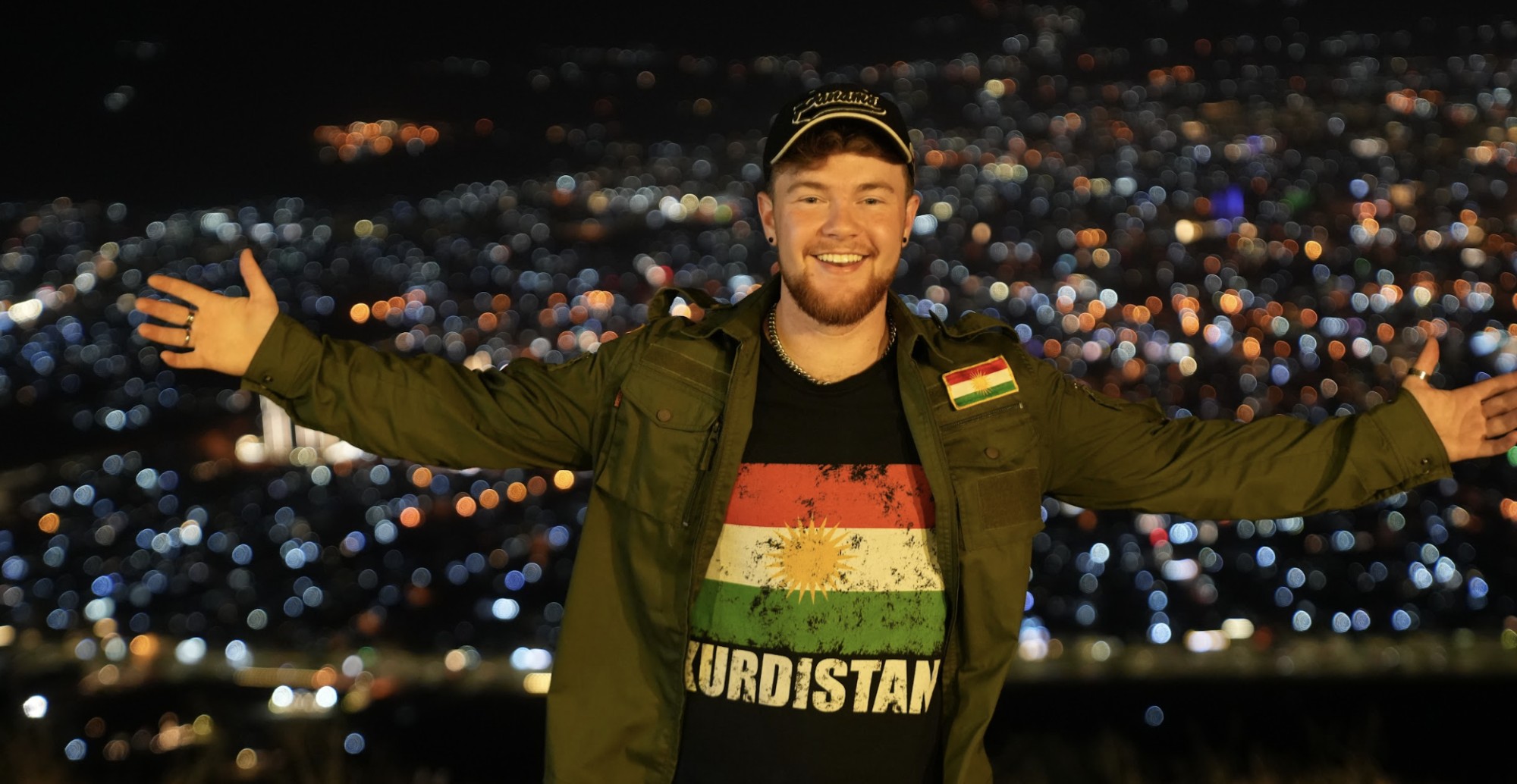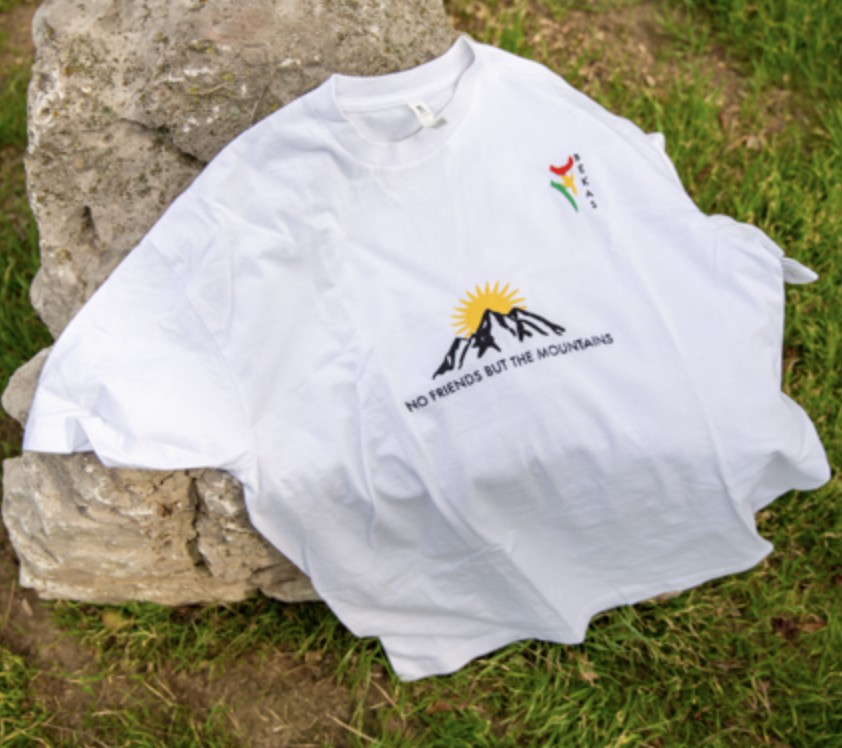Situated within the picturesque mountains of Kurdistan is the extraordinary gallery of Kivan Barzani, a unique and expressive artist. His canvases portray the tragedies that have befallen the Kurdish people over the decades – tales of genocide, oppression, and the painful expulsion from their ancestral homes. However, amidst the sorrow, one element stands strong in his artwork: the prominence of women, symbolizing the indomitable strength he has witnessed in them.
Kivan Maho Smail, is from the Pirmam district in Erbil. His art genre is motif, and his style is the mesmerizing Dot Art, a technique using dotted paint instead of traditional brushstrokes. Notably, he is the only artist in the region who has mastered this captivating style. For 26 years, Kivan has relied on his trusty German-made Rotring calligraphy pen, lending a unique touch to his creations.
Each day, Kivan dedicates countless hours to perfecting his art. He meticulously draws on imported Swedish wood, a sustainable material that preserves his masterpieces for generations to come. A testament to his dedication, some of his works can take an entire year to complete.

Childhood sufferings
His paintings are not mere reflections of his imagination; they also mirror the pain and hardships he experienced from an early age. Born in 1971 in the village of Hostan in Barzan area, Kivan's family was tragically uprooted when he was just four years old, forced to seek refuge in a camp in Diwaniya in southern Iraq alongside other Kurdish families. The conditions were unbearable, with sickness and hunger plaguing their every day.
“Death was a constant companion; I remember there was a cemetery opposite our camp that was always crowded,” Kivan said, a haunting reminder of the pain they endured.
A twist of fate led them to Qushtapa camp on the outskirts of Erbil, where a chilling experience awaited them. As the Iran-Iraq War erupted in 1980, a warplane bombed their camp, claiming the lives of 22 innocent souls. The memories of that fateful day still linger, as Kivan believes that it was an Iraqi plane, not an Iranian one, which intentionally bombed their camp and blamed on the Iranian.
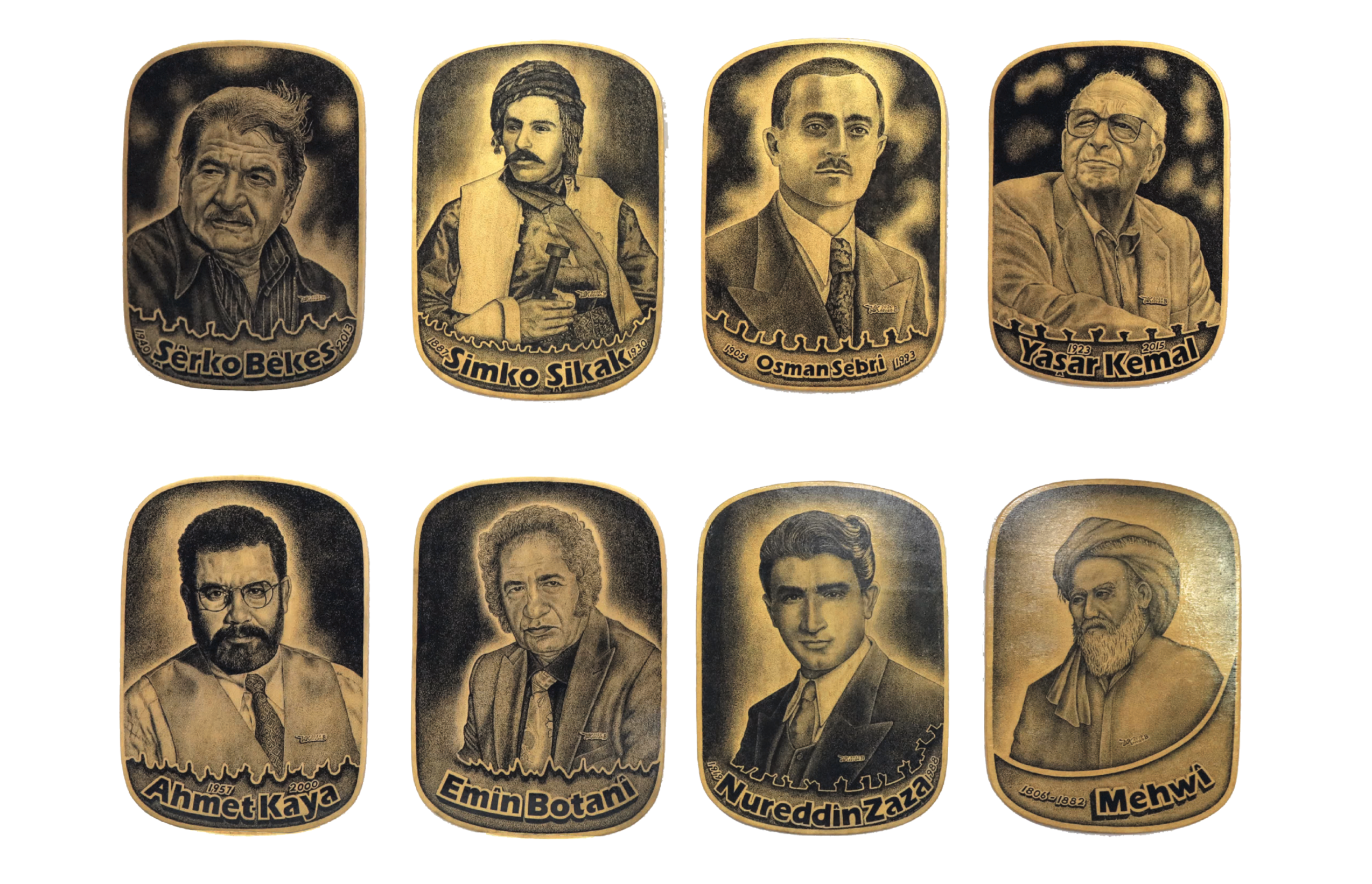 The atrocities of the Saddam Hussein regime escalated further with the Anfal genocide campaign, which aimed to eradicate the Kurdish people. Kivan's camp, Qushtapa, became surrounded, and horrors unfolded as males aged 13 and above were systematically arrested, among them Kivan’s father.
The atrocities of the Saddam Hussein regime escalated further with the Anfal genocide campaign, which aimed to eradicate the Kurdish people. Kivan's camp, Qushtapa, became surrounded, and horrors unfolded as males aged 13 and above were systematically arrested, among them Kivan’s father.
“The Iraqi army sealed our camp – not even a chicken could escape – and began arresting all males over the age of 13, including my father,” Kivan explained.
Kivan, then just 12 years old, narrowly escaped capture, his small stature concealing his true age. Tragically, those who were apprehended never returned, succumbing to the desolate deserts of southern Iraq.
The loss of his father thrust Kivan's mother into the role of resilient matriarch, a symbol of strength that resonates deeply within Kivan’s artwork.
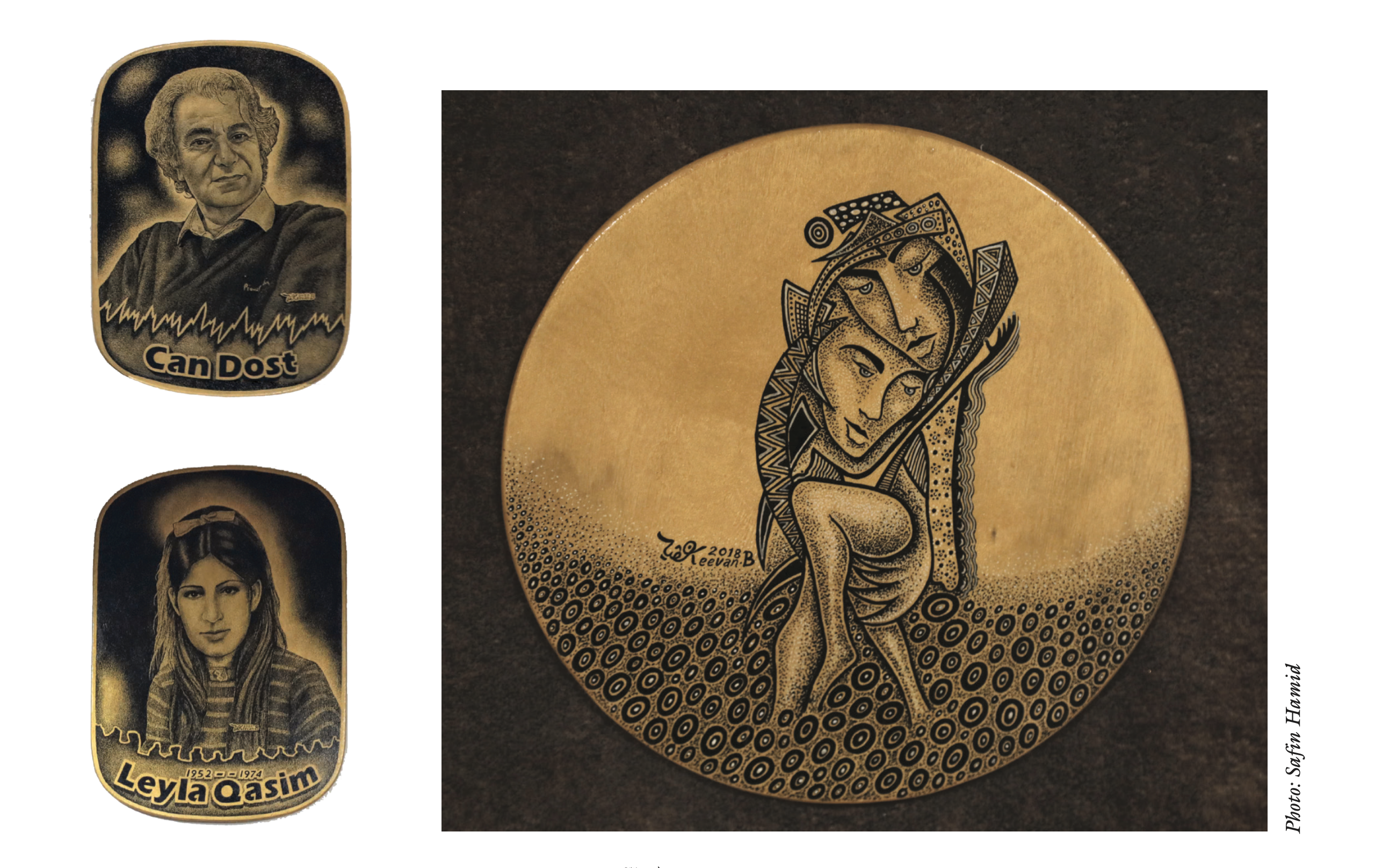
Remembering tragedies, instilling hope
Kivan found solace in art from his early days, drawing mountains and chukar partridge birds, symbols of Kurdish resistance and beauty.
Amidst hardship, Kivan's artistic talent flourished, and children from the camp would gather around him, captivated by his paintings. This passion endured and evolved, becoming his medium for voicing the sufferings and mayhem faced by the Kurdish people. He dedicated some of his most moving works to inspire Kurdish unity, firmly believing that a united front holds the key to a brighter future for the generations to come.
Today, Kivan is occupied in portraying influential Kurdish figures, intellectuals, religious leaders of various faiths, and politicians, not only from the Kurdistan region but from Kurdish communities worldwide.
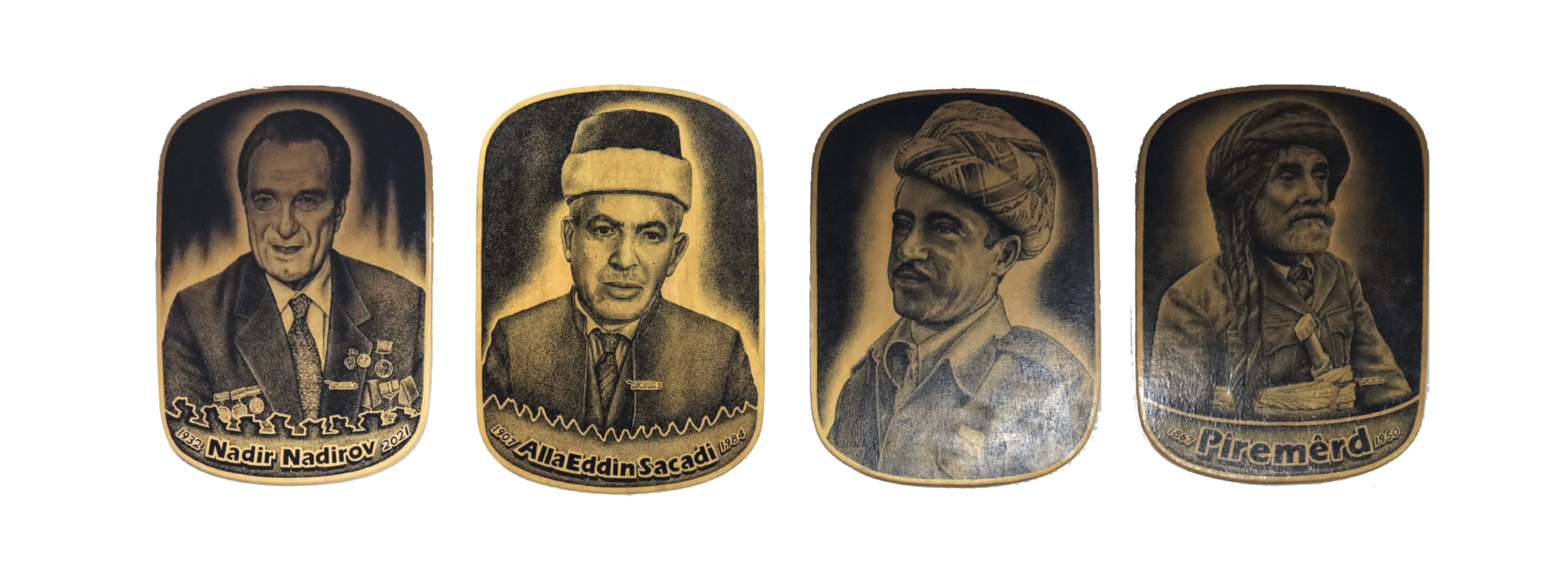
He even commemorates those who supported the Kurdish cause, regardless of their ethnicity, such as Iraqi poet Muhammad Mahdi al-Jawahiri, Turkish philosopher İsmail Beşikçi, and Danielle Mitterrand, the wife of French President François Mitterrand. A few of his 250 portraits are now housed in the Barzani National Memorial Museum, which opened this year.
Kivan's dream transcends the bounds of his artistic skill. Through his mesmerizing artwork, Kivan implores the world to remember the tragedies of the Kurdish people while instilling hope for a united and resilient future.
“My dream,” Kivan confides, “is for my children and their children not to endure the same sufferings I experienced as a child.”
Qassim Khidhir has 15 years of experience in journalism and media development in Iraq. He has contributed to both local and international media outlets.
